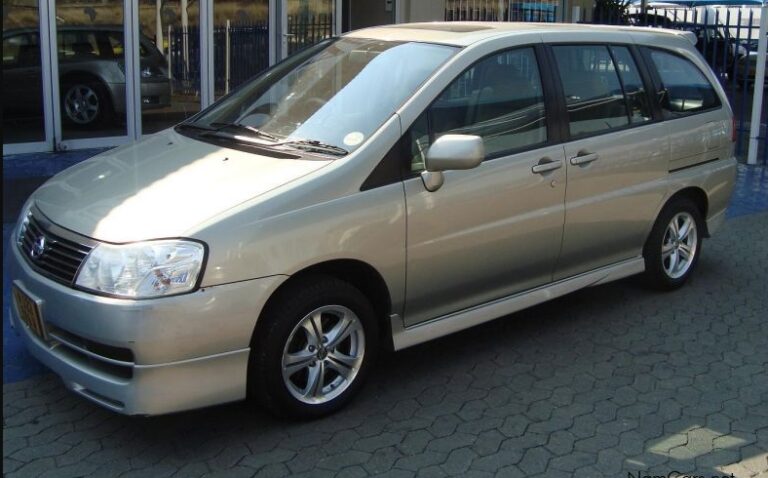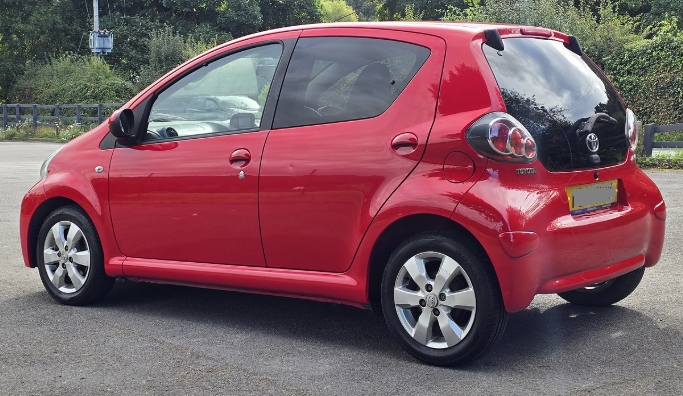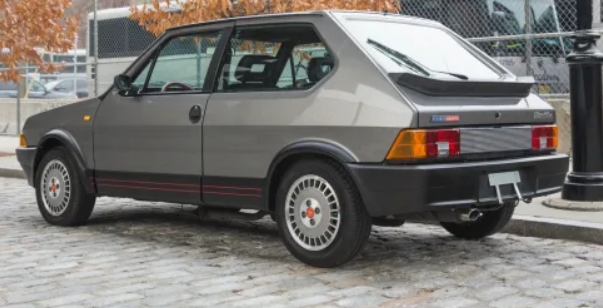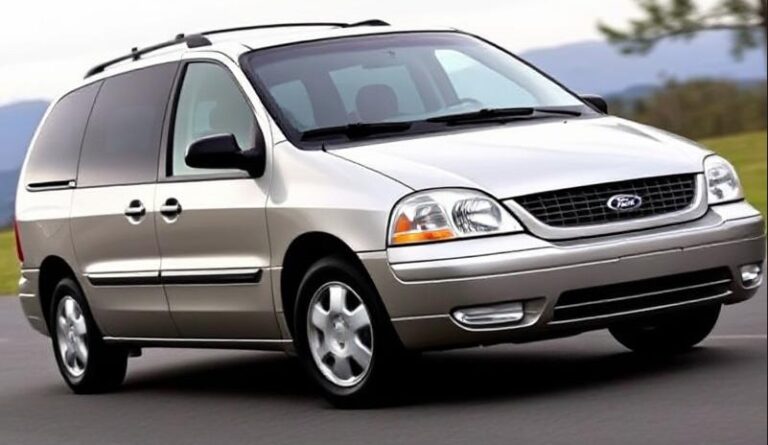From Italian Elegance to American Muscle: The Evolution of the Lancia Voyager
The Lancia Voyager, a name that evokes a sense of journey, adventure, and familial comfort, carries a unique legacy in the automotive world. While the “Voyager” nameplate itself has a long and distinguished history with Chrysler, its integration into the Lancia brand brought a fascinating chapter of cross-continental collaboration and stylistic fusion. This article delves into the evolution of the Lancia Voyager, tracing its journey from its inception as a rebadged American icon to its final iterations, marking a period of significant change for both Lancia and the broader automotive landscape.
The story of the Lancia Voyager is inextricably linked to the Chrysler Group’s strategic partnerships and brand repositioning in the late 2000s and early 2010s. Following Fiat’s acquisition of a controlling stake in Chrysler in 2009, the Italian manufacturer sought to leverage its new American assets within its European portfolio. The minivan, a segment where Chrysler had a dominant presence with its Dodge Grand Caravan and Chrysler Town & Country/Voyager models, presented an ideal opportunity.
The Dawn of the Lancia Grand Voyager (2011-2015): A Transatlantic Rebirth
The first iteration of the Lancia Voyager, officially launched in 2011, was essentially a rebadged version of the fifth-generation Chrysler Grand Voyager. This marked a significant moment, as Lancia, a marque historically known for its elegant, driver-focused sedans and sporty coupes, ventured into the family-hauling minivan segment. The intention was to offer a premium, versatile family vehicle in European markets under the prestigious Lancia badge, capitalizing on Chrysler’s established minivan platform and design.
The Lancia Grand Voyager (the “Grand” prefix was used to align with the European market’s perception of larger, more spacious vehicles) was presented as a sophisticated and luxurious alternative to typical European MPVs. It aimed to blend American practicality and space with Italian design flair and a more premium positioning.
Models and Trim Levels (2011-2015):
During its initial run, the Lancia Grand Voyager offered a focused range of models and trim levels designed to appeal to discerning European buyers seeking comfort, space, and refinement. The primary models were:
- Lancia Grand Voyager (Standard Model): This served as the entry point into the range, offering a well-equipped package that still emphasized comfort and practicality.
- Lancia Grand Voyager Executive: Positioned as the more luxurious option, the Executive trim level typically featured higher-quality materials, enhanced interior appointments, and a more comprehensive list of standard features.
- Lancia Grand Voyager S: This trim often introduced a sportier aesthetic, with unique exterior styling cues, different wheel designs, and potentially some sport-tuned suspension elements for a more dynamic driving experience.
Engine Options:
The Lancia Grand Voyager was primarily offered with two engine choices designed to balance performance and efficiency for European driving needs:
- 2.8L CRD Diesel: This turbodiesel engine was the workhorse of the range, providing strong torque for effortless cruising and good fuel economy, making it a popular choice for long journeys and hauling.
- 3.6L Pentastar V6 Petrol: This American-derived V6 engine offered a smoother, more powerful driving experience, appealing to those who preferred the refinement of a gasoline engine, though it was less common due to higher fuel consumption.
Key Features and Design:
The Lancia Grand Voyager inherited the best of the Chrysler Grand Voyager’s innovative features, including:
- “Stow ‘n Go” Seating: A revolutionary system allowing second and third-row seats to fold flat into the floor, creating a vast, flat cargo area. This was a major selling point for families needing maximum versatility.
- Power Sliding Doors and Tailgate: For enhanced convenience, powered sliding doors and a power tailgate were standard or available on most trims.
- Premium Interior Materials: Lancia aimed to elevate the interior with higher-grade plastics, leather upholstery (often standard on higher trims), and wood or metallic accents, contributing to a more upscale feel.
- Advanced Infotainment Systems: The vehicle featured modern infotainment systems with touchscreens, navigation, and connectivity options, keeping pace with contemporary expectations.
- Safety Features: A comprehensive suite of airbags, ABS, stability control, and optional driver assistance systems were integrated to ensure passenger safety.
The design, while fundamentally American in its proportions, received subtle Italian touches. The Lancia grille, distinctive wheel designs, and interior trim often differentiated it from its Dodge and Chrysler counterparts, aiming for a more sophisticated and elegant appearance.
.

.
The Fiat Chrysler Automobiles (FCA) Era and the Shifting Landscape:
As the automotive industry evolved, so did the strategies of Fiat Chrysler Automobiles (FCA). The minivan segment began to see a decline in popularity in some European markets, with a growing preference for SUVs and crossovers. Furthermore, Lancia’s brand identity was also undergoing a period of re-evaluation. The decision was made to streamline Lancia’s offerings and focus on its core strengths.
The End of an Era: The Lancia Voyager (2015) and the Transition
By 2015, the Lancia Grand Voyager model line was phased out. This marked the end of Lancia’s foray into the minivan segment and the cessation of the Lancia Voyager’s production. Several factors contributed to this decision. The declining sales figures for minivans in Europe, coupled with the broader strategic shift within FCA to focus on brands like Fiat and Alfa Romeo, led to the discontinuation of the Lancia Voyager.
The transition from the Lancia Grand Voyager to its eventual discontinuation reflected the broader challenges faced by niche brands and the evolving consumer preferences. While the Lancia Voyager offered a compelling package of space, comfort, and innovation, it struggled to gain significant traction in a market increasingly drawn to alternative vehicle types.
Legacy and Impact:
The Lancia Voyager, though relatively short-lived, represents a fascinating experiment in brand synergy and cross-continental automotive development. It showcased Chrysler’s engineering prowess in the minivan segment, dressed in Lancia’s more premium and elegant aspirations. For families in Europe, it offered an American-sized dose of practicality and versatility, infused with a touch of Italian flair.
The Lancia Voyager stands as a testament to the complex and ever-changing landscape of the global automotive industry. It highlights how brands can adapt and collaborate to offer unique products, even if those products eventually become part of a transitional phase in a manufacturer’s history. While the Lancia Voyager may no longer be in production, its story is a valuable chapter in the evolution of both Lancia and the minivan segment, a chapter that blended the ambition of Italian design with the enduring practicality of American ingenuity. It was a journey, indeed, for this Lancia, a testament to the ever-evolving nature of automotive dreams and the journeys they enable.







